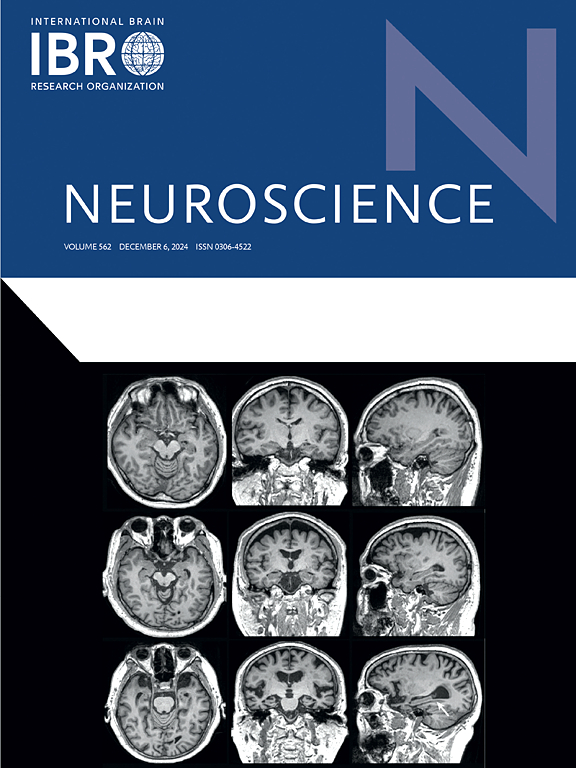Development and validation of radiomics and deep transfer learning models to assess cognitive impairment in patients with cerebral small vessel disease
IF 2.9
3区 医学
Q2 NEUROSCIENCES
引用次数: 0
Abstract
Cognitive impairment in cerebral small vessel disease (CSVD) progresses subtly but carries significant clinical consequences, necessitating effective diagnostic tools. This study developed and validated predictive models for CSVD-related cognitive impairment using deep transfer learning (DTL) and radiomics features extracted from hippocampal 3D T1-weighted MRI. A total of 145 CSVD patients and 99 control subjects were enrolled in the study. We employed an automated algorithm to segment the hippocampus from 3D T1 images. Pre-trained deep learning networks were utilized to extract DTL features. Feature selection was performed using the Spearman rank correlation test and least absolute shrinkage and selection operator (LASSO) regression. Machine learning classification models, including Random Forest and Naive Bayes, were trained on the selected features. The predictive performance of these models was evaluated using the area under the receiver operating characteristic (ROC) curve (AUC) and decision curve analysis (DCA). The DTL model based on the ResNet101_32x8d network exhibited superior performance compared to other DTL models and the radiomics model, achieving an AUC of 0.847 (95 % CI: 0.691–1.000) and accuracy of 0.760. Furthermore, a combined model integrating ResNet101_32x8d and radiomic features further improved performance (AUC = 0.873, accuracy = 0.800), although the Delong test did not show statistical significance between models. These findings highlight that comprehensive data encompassing radiomics and DTL features showcase a robust predictive capability in distinguishing CSVD patients with cognitive impairment, offering insights for clinical applications despite limitations in sample size.

开发和验证放射组学和深度迁移学习模型来评估脑血管疾病患者的认知障碍
脑小血管疾病(CSVD)的认知障碍进展微妙,但具有显著的临床后果,需要有效的诊断工具。本研究利用海马3D t1加权MRI提取的深度转移学习(DTL)和放射组学特征,开发并验证了csvd相关认知障碍的预测模型。共有145名CSVD患者和99名对照受试者入组研究。我们使用了一种自动算法从3D T1图像中分割海马。利用预训练的深度学习网络提取DTL特征。使用Spearman秩相关检验和最小绝对收缩和选择算子(LASSO)回归进行特征选择。机器学习分类模型,包括随机森林和朴素贝叶斯,在选择的特征上进行训练。使用受试者工作特征曲线(ROC)下面积(AUC)和决策曲线分析(DCA)来评估这些模型的预测性能。与其他DTL模型和放射组学模型相比,基于ResNet101_32x8d网络的DTL模型表现出更好的性能,AUC为0.847 (95% CI: 0.691-1.000),准确率为0.760。此外,结合ResNet101_32x8d和放射学特征的组合模型进一步提高了性能(AUC = 0.873,准确率= 0.800),尽管Delong检验在模型之间没有统计学意义。这些发现强调了包括放射组学和DTL特征的综合数据在区分CSVD患者与认知障碍方面显示出强大的预测能力,尽管样本量有限,但为临床应用提供了见解。
本文章由计算机程序翻译,如有差异,请以英文原文为准。
求助全文
约1分钟内获得全文
求助全文
来源期刊

Neuroscience
医学-神经科学
CiteScore
6.20
自引率
0.00%
发文量
394
审稿时长
52 days
期刊介绍:
Neuroscience publishes papers describing the results of original research on any aspect of the scientific study of the nervous system. Any paper, however short, will be considered for publication provided that it reports significant, new and carefully confirmed findings with full experimental details.
 求助内容:
求助内容: 应助结果提醒方式:
应助结果提醒方式:


